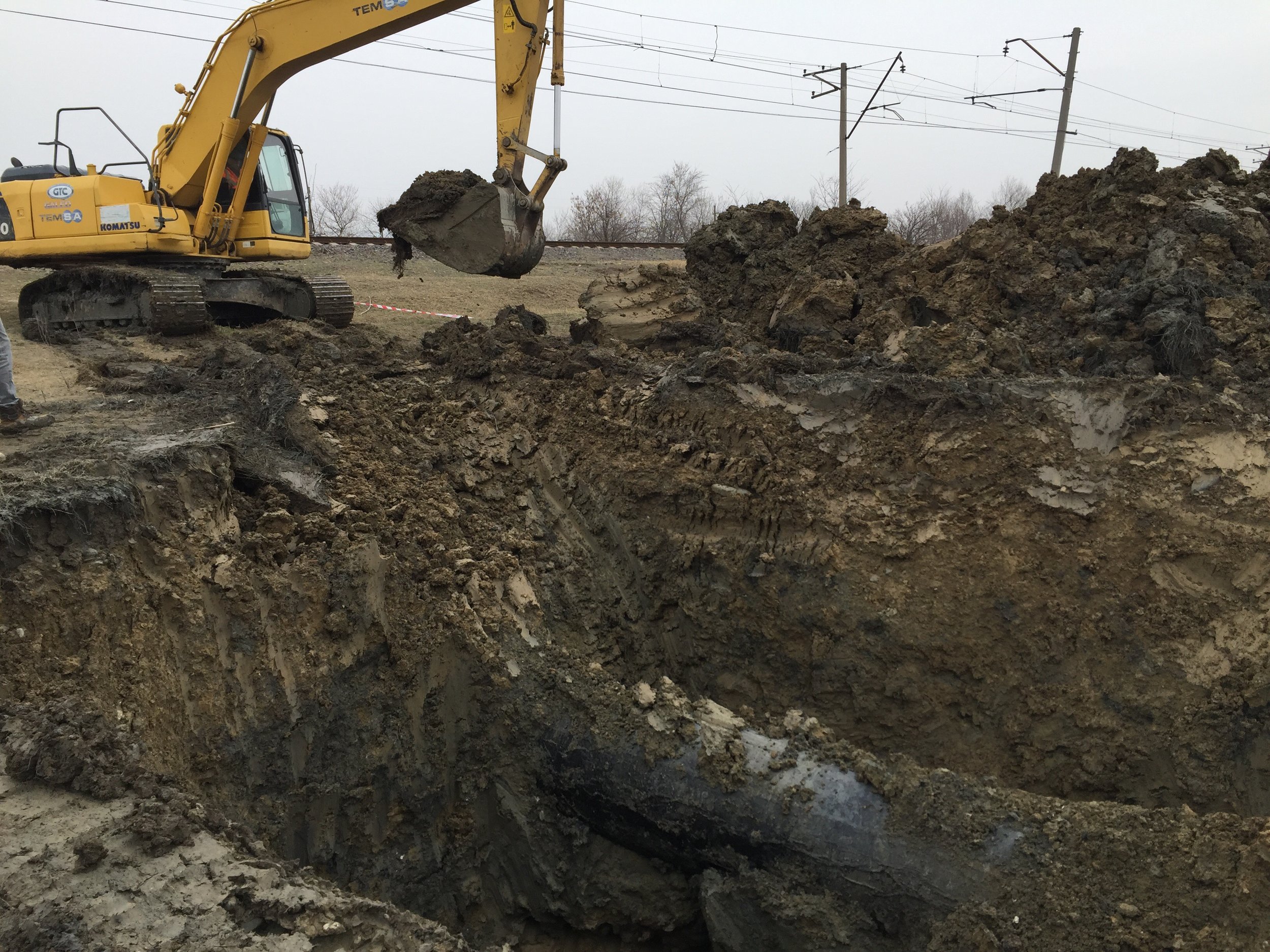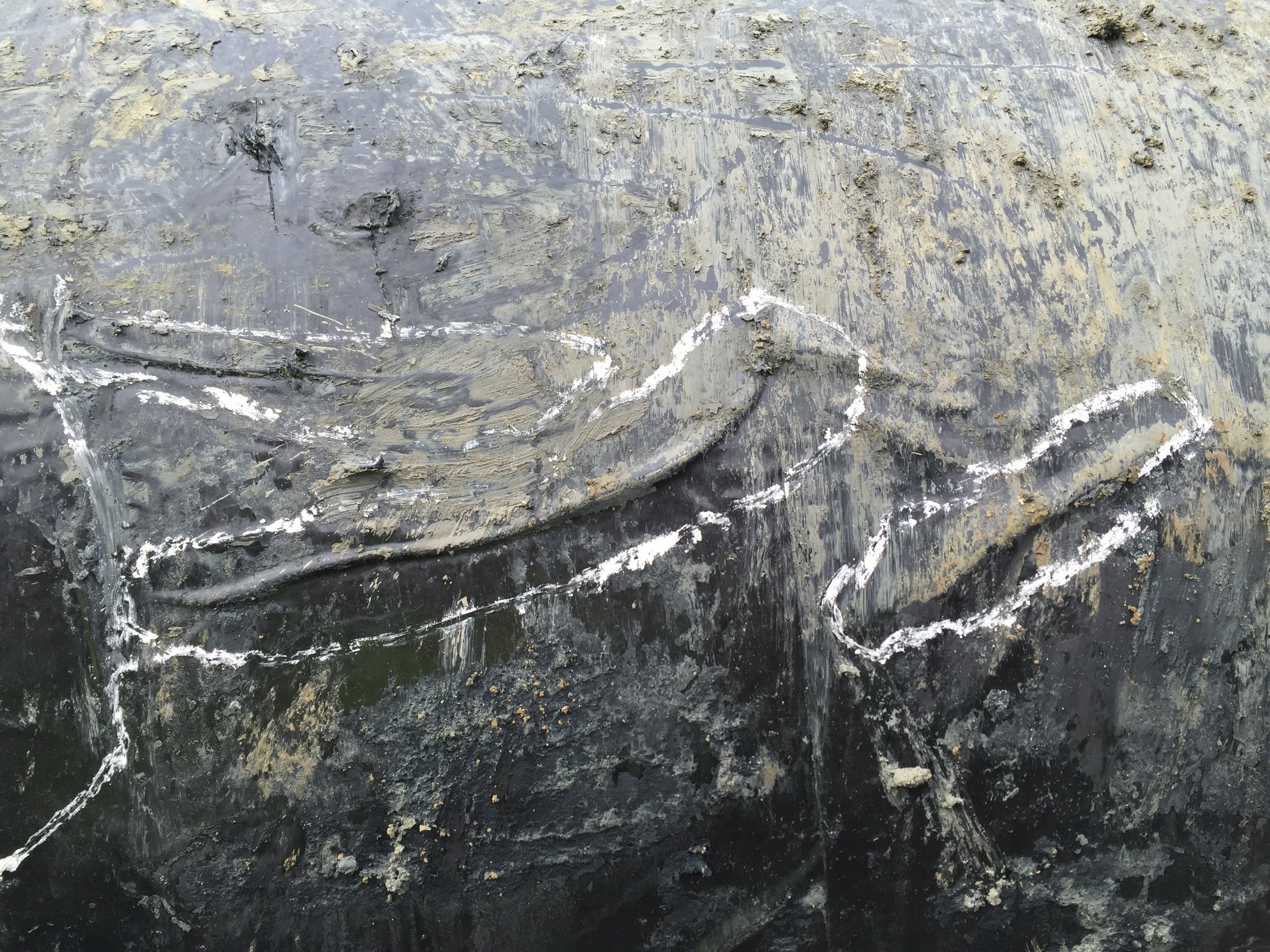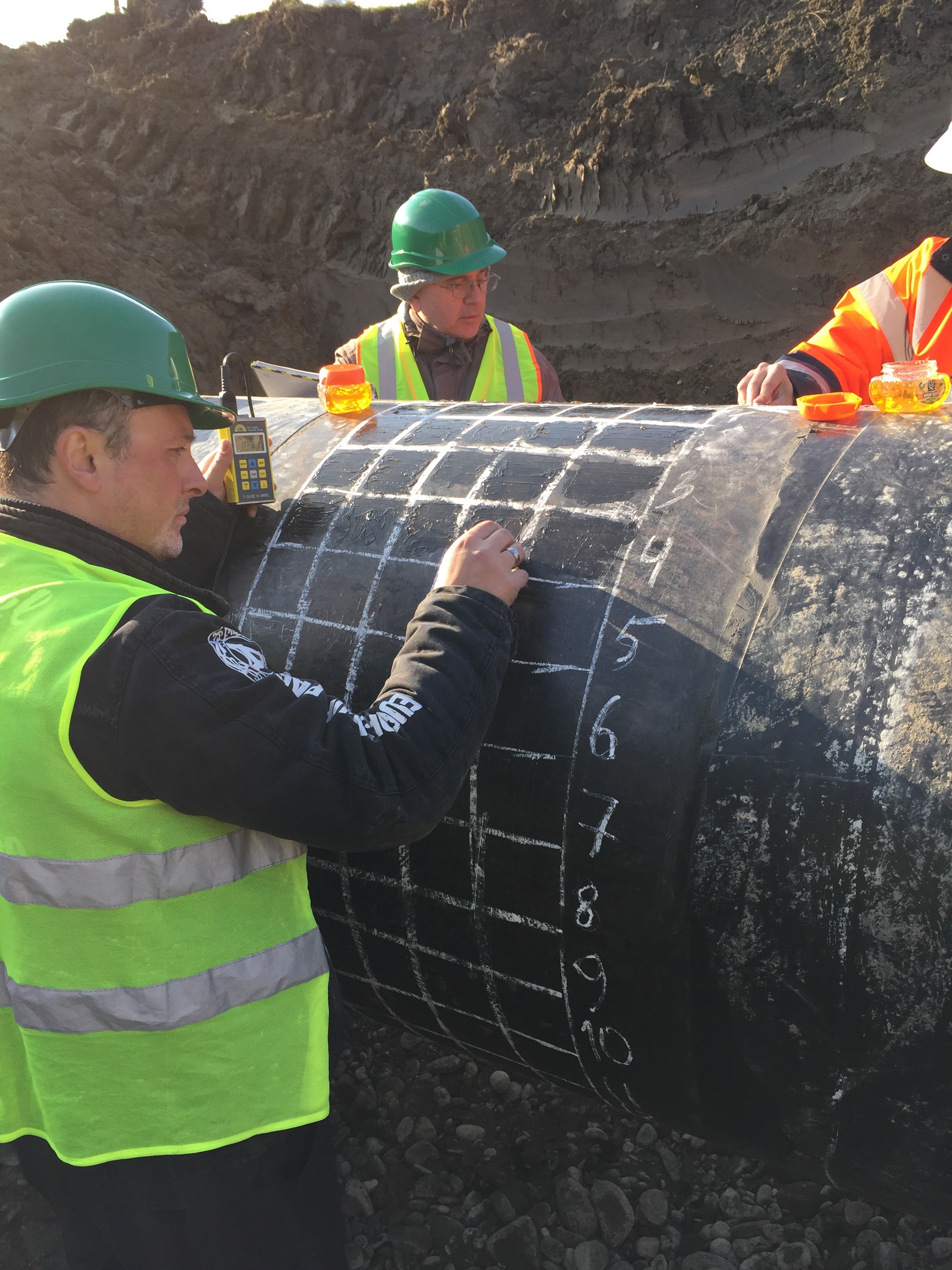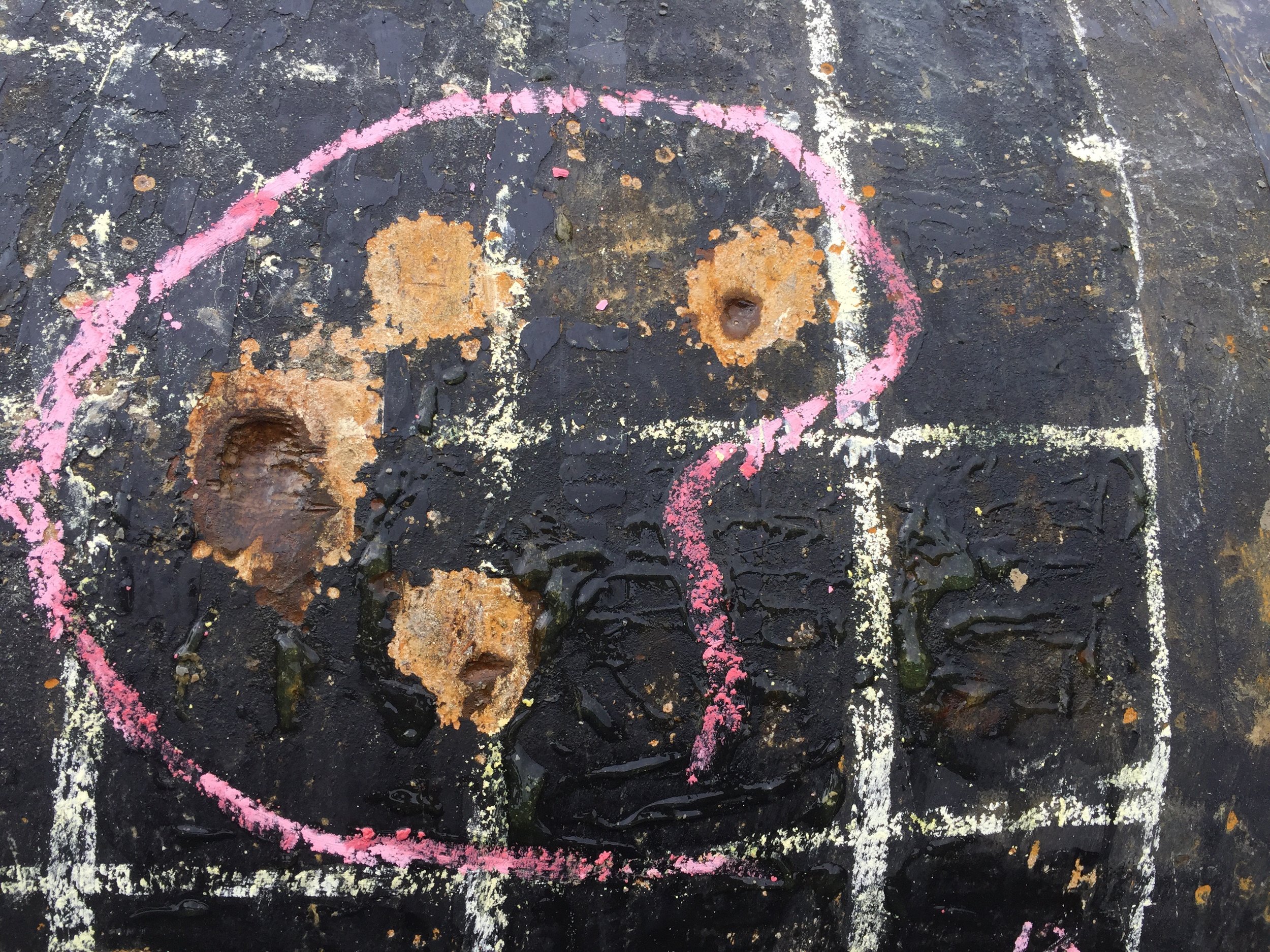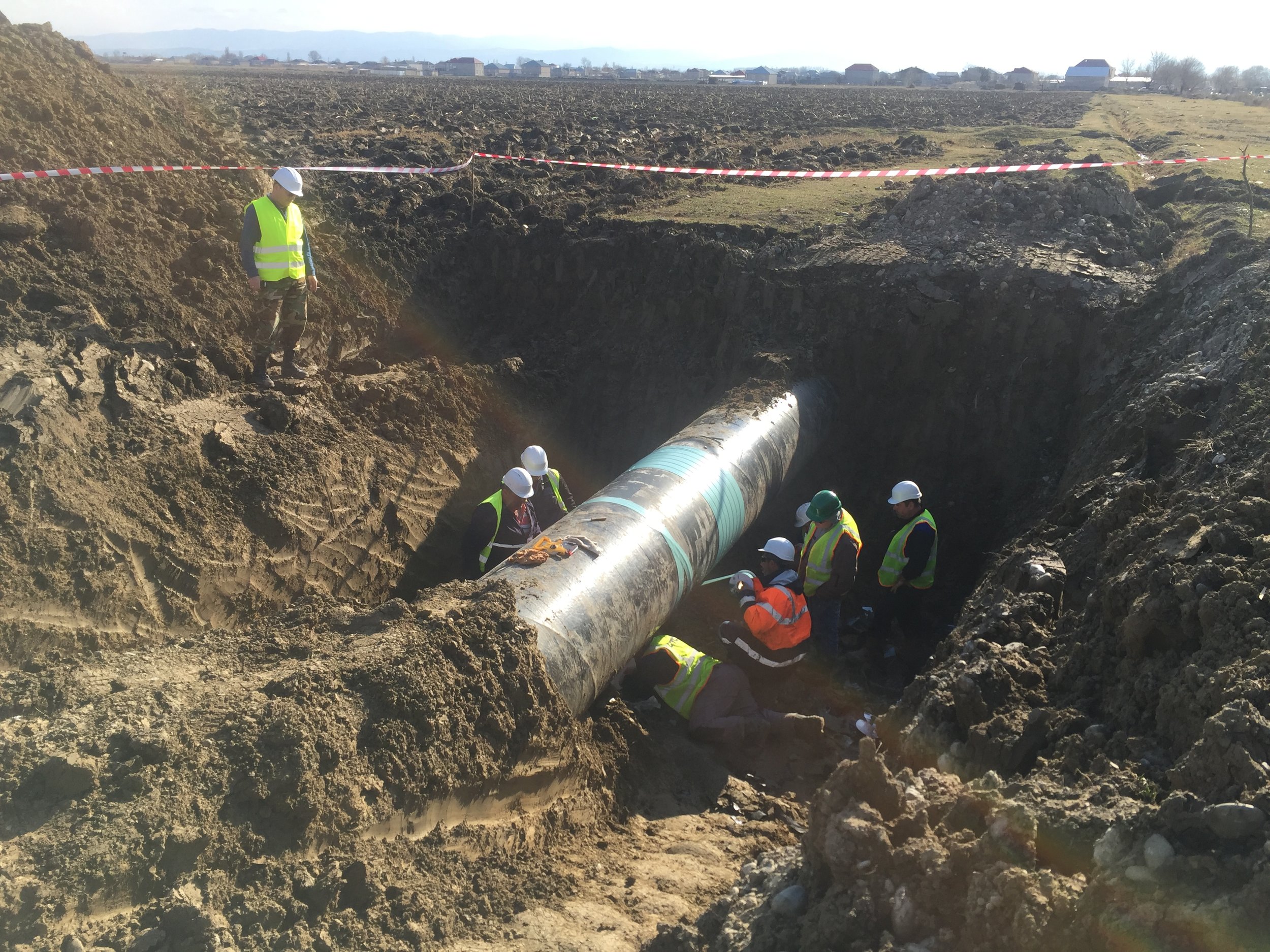Corroconsult’s Technical Director is a co-author of a new paper published in the IEEE Transactions on Power Delivery. It was published on 09 April 2022.
The paper is a collaboration between Dr. David Boteler (Land and Minerals Sector, Natural Resources, Ottawa, Canada), Prof. C. Charalambos (University of Cyprus, Nicosia, Cyprus) and Ken Lax (Corroconsult UK Ltd).
Previously unexplained instances of AC corrosion may be due to the effects of harmonics, which may not have been taken into account in the mathematical modelling and the interference mitigation design. The presence of harmonics may not be apparent when taking voltage and current density measurements.
The paper gives a worked example of how to perform the calculations, which will be helpful for cathodic protection and pipeline electrical interference specialists.
Abstract:
Electromagnetic interference to pipelines and railways from AC sources has long been a cause for concern. Methods and standards have evolved to enable calculations of the voltages produced under different conditions. These take into account the AC frequency, the soil resistivity and the pipeline characteristics. However, the approximations presented in some standards fail to take into account the phase relationship of the currents in the AC conductors and how that affects the induced currents in the earth. This paper re-examines these issues by introducing a revised complex image method for 3-phase systems that provides a simple and accurate way to include the influence of induced currents in calculations of the induced emf in nearby conductors. Normal positive sequence 3-phase currents produce fields in neighbouring conductors that tend to cancel. For the associated image currents in the earth, the cancellation is so complete that they have no influence on the induced emf. A different situation occurs with the zero sequence currents that occur during fault conditions and triplen harmonics. These currents are in phase, so there is none of the cancelling effect and the contributions from each conductor add to give a larger induced emf in a neighbouring conductor.
Published in: IEEE Transactions on Power Delivery ( Volume: 37, Issue: 2, April 2022)
Page(s): 851 - 859
Date of Publication: 09 April 2021
ISSN Information:
DOI: 10.1109/TPWRD.2021.3072355
Contact Corroconsult UK Ltd for further information.









